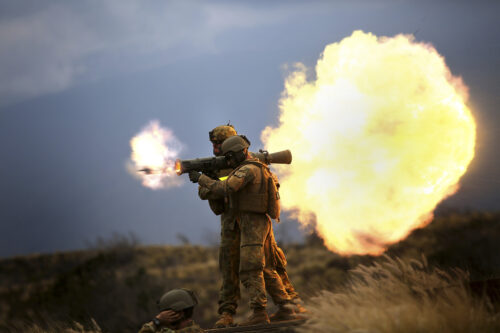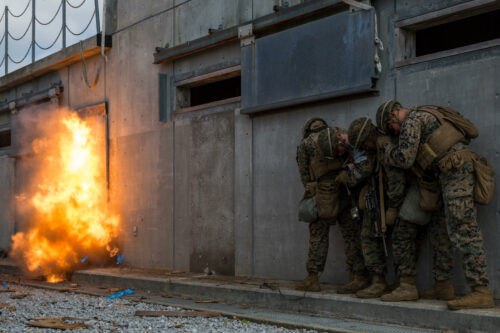
Proven History in Blast Dosimetry
Med-Eng is the proven industry expert in protecting our Warfighters from explosive threats. It has conducted research into Blast Effects on the Human Body since 1981 and applied this scientific knowledge to develop protective equipment to mitigate blast injuries to the warfighter. The success of this commitment is proven by lives saved.
Over nearly two decades, Med-Eng has been at the leading edge of research and development of sensor-based solutions for blast exposure monitoring, noise exposure, and impact monitoring. The company is best known in this field for its personnel-borne Blast Tracker® and vehicle-mounted Black Bird® blast dosimeters, fielding thousands of each platform.
To learn more about the scientific research that Med-Eng has conducted in the field of blast dosimetry, we invite you to register for access to our blast sensor whitepapers and research publications. Please click here to register.
Over nearly two decades, Med-Eng has been at the leading edge of research and development of sensor-based solutions for blast exposure monitoring, noise exposure, and impact monitoring. The company is best known in this field for its personnel-borne Blast Tracker® and vehicle-mounted Black Bird® blast dosimeters, fielding thousands of each platform.
To learn more about the scientific research that Med-Eng has conducted in the field of blast dosimetry, we invite you to register for access to our blast sensor whitepapers and research publications. Please click here to register.

Trusted Development Partner to the Warfighter
In 2019, Med-Eng collaborated with the United States Department of Defense under a Cooperative Research and Development Agreement (CRADA) to develop the next generation Blast Tracker® technology.
Through trusted partnerships, our current personnel-borne blast dosimeter has undergone continuous improvements to develop the next generation Blast Tracker® technology system with accompanying software. These improvements have focused on:
-
- meeting evolving requirements and feedback from our end-users,
- incorporating new sensor technologies,
- integrating ongoing Research and Development, and
- mitigating unnecessary blast and noise exposure without degrading the quality of training or effectiveness of combat.

Next Generation Blast Tracker Technology
The next generation of Med-Eng blast sensor is built on 3 key principles:
- Record and measure blast overpressure and noise exposures affecting the warfighter in training and in battle. This includes noise and pressure from the use of heavy weapon systems, breaching, and other dynamic training environments.
- Recognize immediate blast, noise, and impact exposure with automated data collection through mobile applications (iOS, Android, ATAK) and cloud-based dashboards. Team or organization defined occupational safe limits to alert individual users, range safety staff, and leadership to exposures outside of acute and accumulated exposure limits.
- React in real time by informing team leaders, unit commanders, and medical personnel about the blast overpressure and noise exposure levels of the warfighters under their command by seamlessly integrating individual sensors to cloud-based dashboards to electronic health records. Provide immediate feedback to assist in triage and enable rapid adjustments to tactics, techniques, and procedures.
Med-Eng is driving the science and programmatic delivery of the next generation of personnel-borne blast dosimetry solutions. Its systems of hardware, mobile device apps, and intuitive dashboards will bridge the gap between overpressure events and permanent health recording. This helps not only the Warfighter on the ground but team leaders, medical staff, and senior leadership to enact powerful decision-making tools on-the-fly while ensuring the tracking of both acute and chronic blast overpressure exposure.
